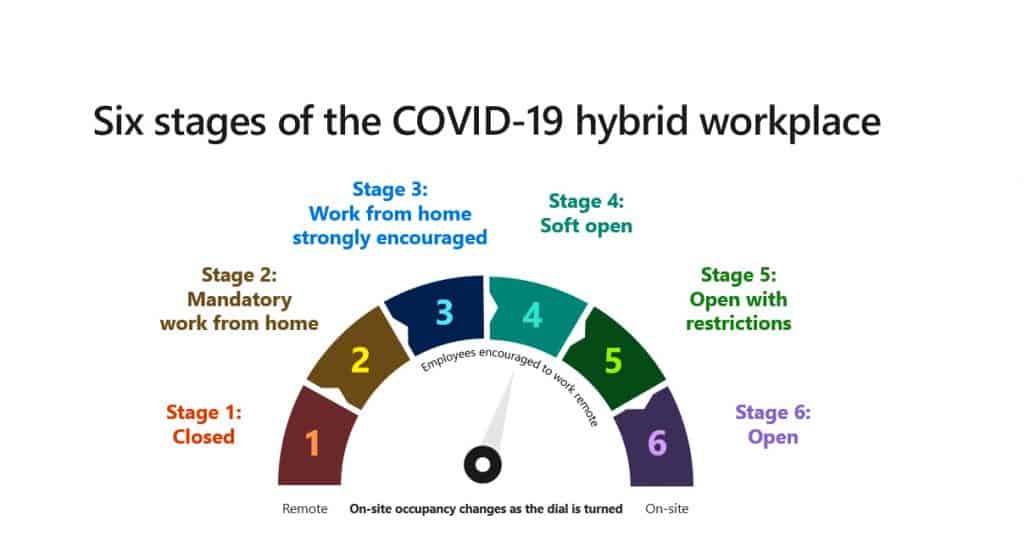Return to the Office: How and When?
If you’re anything like most people I’ve talked to, the ‘how’ and ‘when we will return to our offices in full is not exactly clear. Really, it’s quite fitting with the entire course of this pandemic, where the only thing that’s been certain about its course is that it is very uncertain. However, making definite pronouncements about the future of COVID-19 typically backfire. How many times have we all heard official dates for lockdowns to lift, only to have them reinstated — or our employers giving us ‘return to the office dates’ only to have them pushed back. All this being said, it seems relatively safe to say that an at least partial move back to our physical offices is coming soon. With that in mind, how do we accomplish it safely and what challenges will this transition impose? The challenges facing the return to the office can be broken down into 3 main components: technical, logistical, and personal.

The technical challenges on the horizon are not small. Businesses sent their employees home with individual laptops and moved away almost entirely from any type of in-person interaction or communication. This opens a lot of questions about both IT security and management. Employees will be bringing in the devices they have been using in their homes into your offices and connecting directly with your internal network. Do we trust they have been using their devices with the same security rigours at home that you would implement in your office? In terms of IT management, you open yourself up to combining your in-office IT systems with those that the employee might prefer to use on their own. How do you streamline different software and devices into a seamless flow of IT that you would have been able to implement in your own offices previously?
Logistically the challenges are also immense. We have to assume that a full return to the office will not be possible anytime soon. Therefore, you must manage your office space and staff differently than you would in the past. To start, it’s unlikely that your whole staff will never be able to be in the office together on one day. How do you decide who can be in and when? Will certain teams or individuals have priority on when they can access the office? This then brings up the question of managing the hybrid workplace. It’s one thing to tell people: “we all are working from the office” or “we’re all working remotely”. These two things are cut-and-dry; it’s one or the other. But if 75% of your team is in the office and can meet in a boardroom, you’ll need to sort how to connect your at-home members without making them miss vital information.
The last challenge we face, which I think is the greatest, is the personal aspect of the move back to the office. The fact of the matter is: not all people share the same opinions or sentiments about how to handle the pandemic. Undoubtedly, with any plan you make to come back, you will have staff that thinks it’s too strict and those who think it’s too lax. How do you balance these differing views and maintain workforce harmony? Moreover, many people have preferred working from home and would argue they have actually been more productive while doing so. Is it fair for us to force them back to the office and will it potentially damage your company’s productivity?
In the following series of posts, we will examine in more depth all three of these topics. By the end hopefully, we’ll have some answers about how to tackle them and some of our questions about how to successfully return to the office will be answered.
For more information on how to manage your post-pandemic IT challenges, visit our website.




